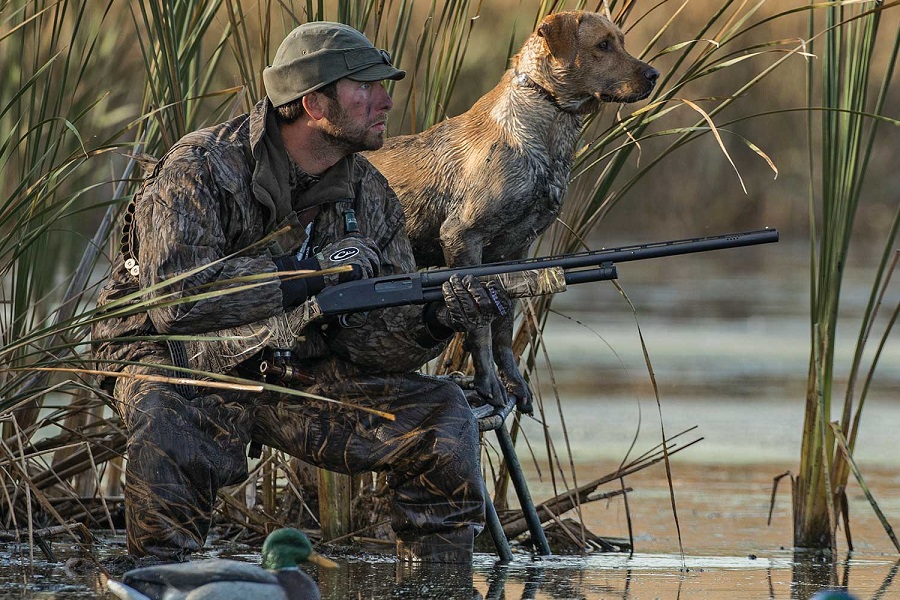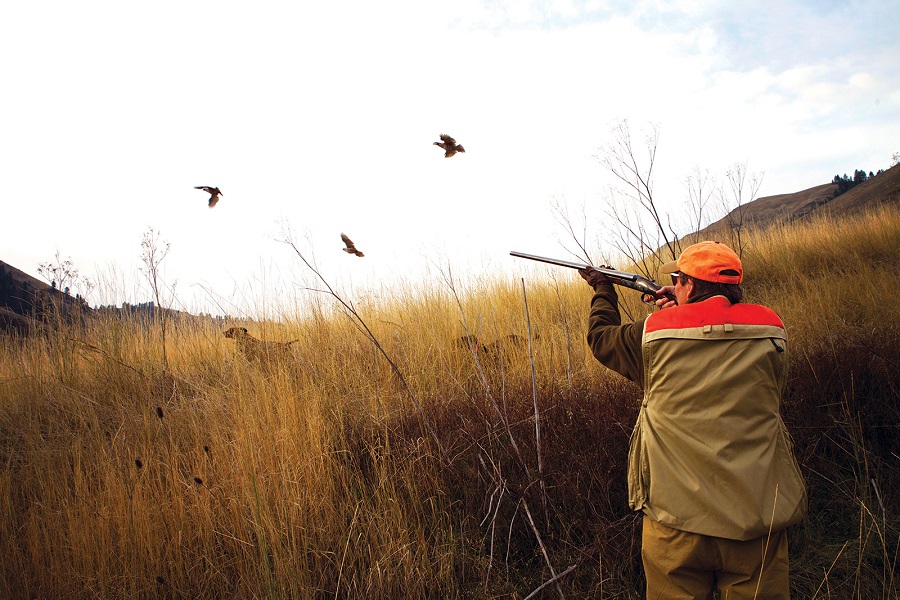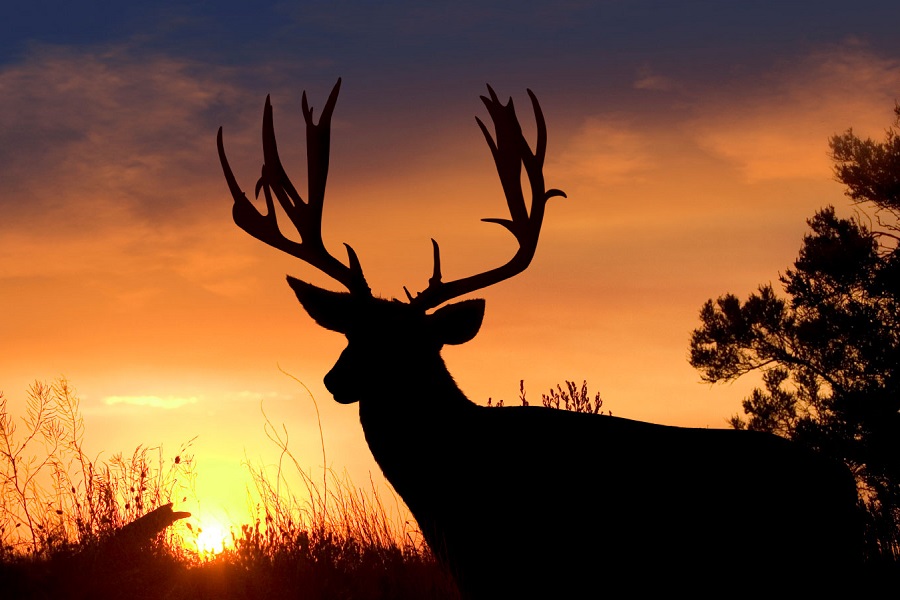There are more big game animals than you might realise, and I don’t even have time to cover the entire list of small game critters. The point is, it’s a bit daunting trying to figure out which ones to hunt, so instead of trying to persuade you one way or the other, let’s just showcase all the big game creatures in North America and let you decide.
1. Whitetail Deer
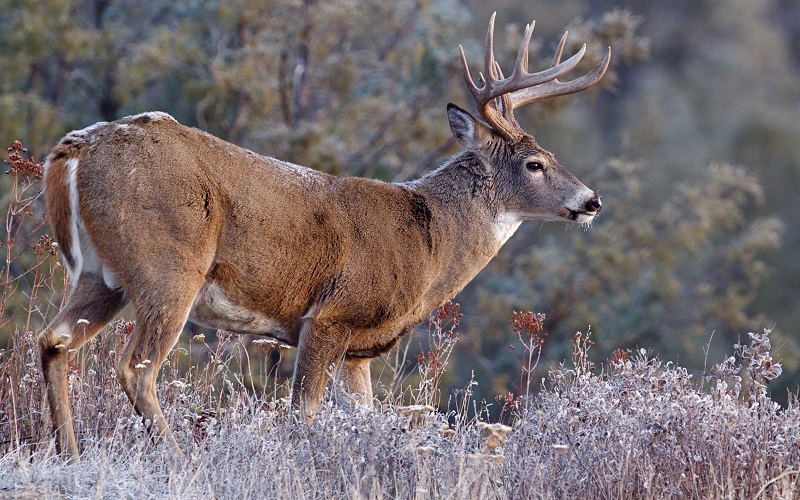
Population: 30 million to 60 million on average.
Whitetail deer are the most commonly hunted game in North America, and for good reason—they’re absolutely everywhere. Some states actually run into problems when deer populations boom every two or so years and have to extend seasons or temporarily make them open season until the population goes down to safe numbers.
They can be anywhere from 100 pounds for females and up to 300 pounds for males, and they actually do have aggressive times during the year, so they’re not always docile or safe to engage in certain circumstances.
2. Rocky Mountain Elk

Population: approximately 2 million
Elk have actually been on the decline for years, with numbers as low as 10% of what they were before we settled and made it to North America. They’re limited to certain seasons in specific states, but they’re a massive beast to bring down, and it’ll leave you with venison for days to come.
When they’re fully mature, you can expect a male to be about 900 pounds, which is like three fully mature male whitetails combined into one. They’re not to be taken lightly.
3. Canadian Moose

Population: 1 million
Moose are mostly found in Canada (hence the name), but you can find some in the upper states of the US. Weighing around 1,500 pounds, they’re no easy creature to take down. A simple gunshot isn’t enough to get at them, and they’re surely faster than they look.
Canadaian moose have a life expectancy of about 20 years, so if one evades you on a hunt and you think you’ve spotted the same one the very next season, you’re not wrong. It could be the one that got away, since they tend to stick to the same watering holes.
4. Woodland Caribou
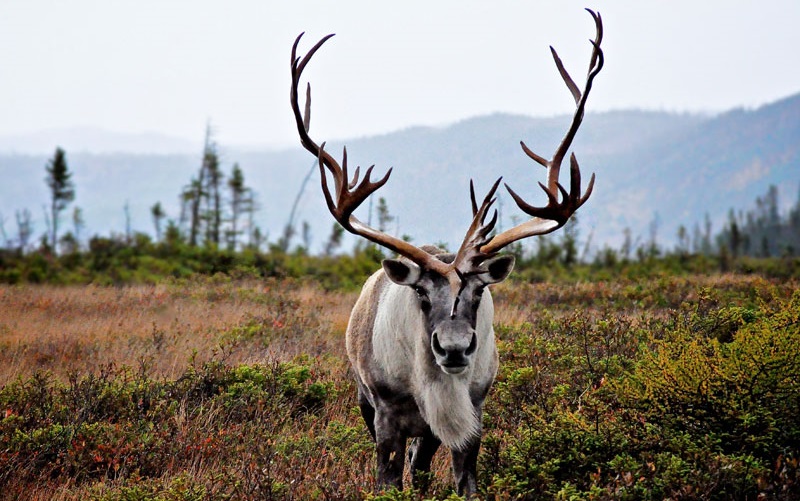
Population: 5 million
These are hunted in abundance because, out of all the game meat, it tastes the least gamey (if that makes sense). Their numbers have been dwindling over the years, and two subspecies are already extinct or close to extinction as you read this. Multiple species run across North America as well as some European countries.
They’re a little bigger than whitetail deer, with the male population having up to 400 lbs. of weight and females up to 260 lbs. They’re fast and will scamper away at the first sign of trouble. Pursue these if you have a steady and controlled shot.
5. Alaska Brown Bear
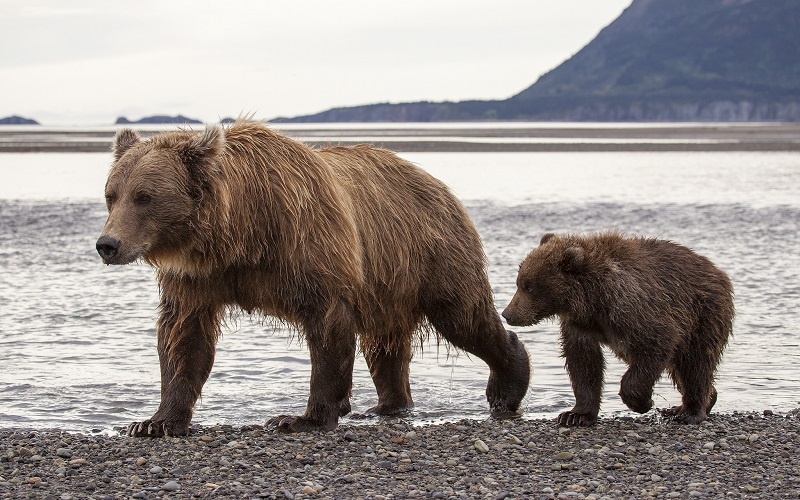
Population: 100,000 (in North America)
The second-largest land carnivore in the world isn’t exclusive to the United States, but they sure do like to congregate here. Brown bears aren’t typically hunted for their meat, but usually just for sport.
It’s quite the trophy to hang on the wall when all is said and done, but you’ll have to have some expertise with a rifle or a crossbow to take one of these down without splitting shrapnel all into their pelt. You can make a small fortune off of bear pelts, though their hunting seasons are very limited, so plan ahead.
6. Pronghorn
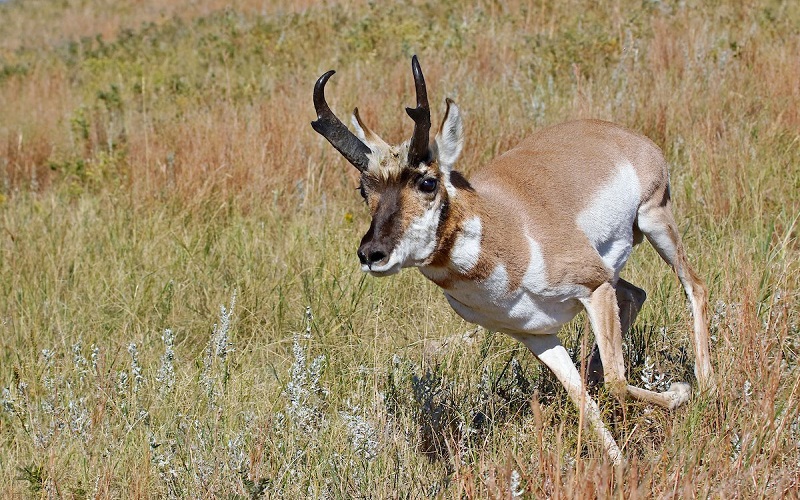
Pronghorn subspecies have been going extinct as of late, so it’s become a very narrow season to actually be able to hunt these while the population climbs back up to a solid number.
They rarely exceed their maximum weight of 140 lbs, even on fully mature males, so they’ll be lightweight trophies, but their antlers are coveted. Their top speed reaches around 60 MPH, so if you spook them or miss your shot, they’re going to be long gone before you can line them up for another.
7. Rocky Mountain Bighorn Sheep
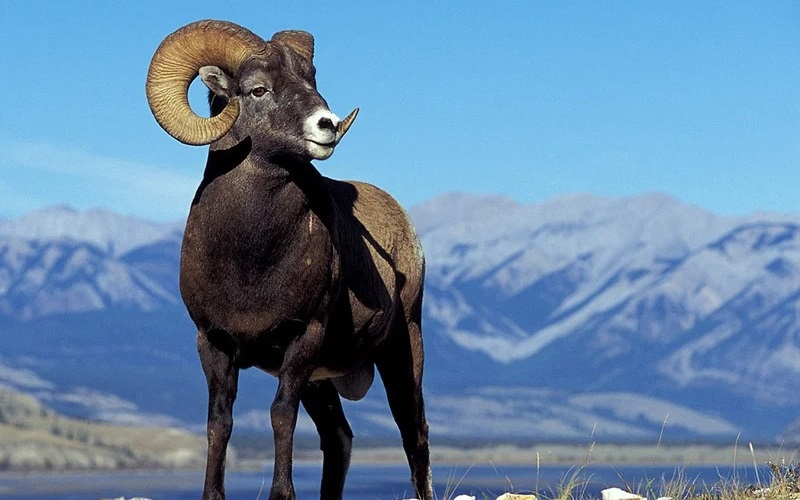
Population: 1,200,000 (est.)
It’s hard to pinpoint the population of these guys because they’ll just keep roaming around no matter what. Some states have population issues where they’ve been brought down to about 2,000 and, as a result, have entirely closed seasons on rocky mountain bighorn sheep.
They are often hunted for their horns, but the meat is actually very flavorful and works great in stews and bigger meals. Be sure to use everything you get from these creatures.
What Are The Big 29?
There are a grand total of 29 different big game animals in North America, but the main seven that were listed here are the most sought-after. The other 22 species, briefly summarised, are as follows:
- Mule Deer: These can weigh as much as 400 lbs. and come from Canada as well as the midwest.
- Coues White-Tailed Deer: The cousin of the standard whitetail deer, found predominantly in Arizona and New Mexico.
- Columbia Black-Tailed Deer: They mature to smaller weights of around 200 lbs and are commonly found on the west coast.
- Sitka Black-Tailed Deer: Found at max weights of 175 lbs, these are lightweight game.
- Roosevelt Elk: Washington, Oregon, and sections of Canada will house this massive 1,000-pound beast.
- Shiras Moose: In the middle of the midwest, in Wyoming, Idaho, and Montana, these monstrous beasts roam up to the Canadian border.
- Alaskan Yukon Moose: They can get as big as 1,800 pounds and are mostly found in the northernmost sections of North America.
- Barren Ground Caribou: They’ll migrate in groups of 100,000 or more and range up to 500 lbs., making for a deadly stampede when roused.
- Central Canadian Barren Ground Caribou: Up to 475 lbs. a piece, these rapid-speed caribou are known for their red antlers.
- Mountain Caribou: They look huge but only weigh around 600 lbs in total; you’ll find them more in Canada than the US.
- Quebec Labrador Caribou: You’ll only find these in northeastern Canada, but their numbers are starting to dwindle, and it may just be the Big 28 soon.
- Polar Bear: Yes, polar bears are considered big game. They’re located in coastal areas and are very vicious, weighing up to 1,000 pounds each.
- Grizzly Bear: With full ramp-up speeds of 30 MPH and an 800-pound size, you don’t want to be caught in its gaze.
- Black Bear: These are all over the United States and Canada and weigh around 500 lbs on average; they’re known for their climbing abilities.
- Cougar: They’re fast, they’ll take the elk you’re hunting, and they can weigh around 175 lbs. Not the best to hunt, but still an option.
- Muskox: They’re basically buffalo-looking behemoths, weighing around 750 lbs and bringing force with every step.
- Bison: Because they need to eat a lot, bison are found on open prairie lands and weigh upwards of 2,000 lbs.
- American Mountain Goat: They’re not going to fight like normal goats, but you will find them on high peaks in Canada.
- Dall Sheep: These are almost exclusively found in northern Alaska, and they’re a sight to behold; they’re combative though, so prepare yourself.
- Desert Bighorn Sheep: Nevada, Texas, Utah, and other similar states have an abundance of these little guys.
- Stone Sheep: They look mean, and it’s because they are. They also weigh about 200 lbs. and don’t go down without a fight.
What Is Considered Big Game Hunting?
Basically, anything that’s going to mature to over 100 lbs can be considered big game hunting. If taking it down requires more than a simple trap, you’re likely dealing with big game. Birds, rabbits, quail, and other animals would fall under the small game category and would not yield much meat in return.
Big game animals are hunted for their meat, their pelts, and their antlers to use as trophies or sell to the highest bidder. Big game animal populations continue to dwindle, so you can expect to see tighter regulations and a shorter hunting season on the horizon. That is, except for the whitetail deer.
It’s Time To Gear Up And Get Out There
Game animals come in a variety of sizes and scarcity, but they also come with their own seasons—work around the dates and open yourself up to hunt multiple types of big game creatures, and you’ll be rolling in venison throughout the year.
Don’t be afraid to take trips out of state to open-season territories for some of this big game, and continue practicing your beloved traditional hunting, just like nature intended.
Resources:

